Machining processThe Complete Book! (Machining process and process analysis of machined parts)
1、What are the three methods of workpiece clamping?
{1. Clamping in fixture; 2. Direct alignment clamping; 3. Scribing alignment clamping}
2. What does the process system consist of?
{machine tools, workpieces, fixtures, tools}
3. Composition of the machining process?
{Roughing, semi-finishing, finishing, superfinishing}
4. How are benchmarks categorised?
{1. design datum 2. process datum: process, measurement, assembly, positioning: (original, additional): (rough datum, fine datum)}
What does machining accuracy consist of?
{1. dimensional accuracy 2. shape accuracy 3. positional accuracy }
5. What are the elements included in the original errors that occur during processing?
{Principle errors – Positioning errors – Adjustment errors – Tooling errors – Fixture errors – Machine spindle rotation errors – Machine guideway guiding errors – Machine transmission errors – Process system force deformation – Process system heat deformation – Tool wear – Measurement errors – Errors caused by residual stresses on the workpiece – }
6. The effect of process system stiffness on machining accuracy (machine deformation, workpiece deformation)?
{1. workpiece shape error caused by changes in the location of the point of action of the cutting force 2. machining error caused by changes in the size of the cutting force 3. machining error caused by clamping force and gravity 4. transmitted force and inertial force on the machining accuracy}
7、What are the guiding error of machine tool guideway and spindle rotation error included?
{1. Guideway Mainly includes the relative displacement error between the tool and the workpiece in the error-sensitive direction caused by the guideway 2. Spindle Radial circular runout – axial circular runout – tilting angle swing}
8. What is the phenomenon of “error reproduction”? What is the error reproduction factor? What are the measures to reduce error reproduction?
{Deformation changes due to process system errors are partially reflected in the workpiece Measures: Increase the number of tool strokes, increase the rigidity of the process system, reduce the feed rate, and improve the accuracy of the blank}
9, machine tool transmission chain transmission error analysis? Reduce the transmission chain transmission error measures?
{Error analysis: i.e. using the angular error Δφ of the end elements of the drive chain to measure the
Measures: 1. The smaller the number of transmission chain parts and the shorter the transmission chain, the smaller Δφ will be, and the higher the accuracy will be 2. The smaller the transmission ratio i is, especially if the ratio of the first and the last ends is small, 3. Since the end parts of the transmission parts have the greatest influence on the error, they should be made as accurate as possible 4. Adoption of a calibration device }
10,How are 加工 errors classified? Which errors are constant value errors? Which errors are variable value systematic errors? Which errors are random errors?
{systematic error: (constant value systematic error variable value systematic error) random error
Constant value systematic errors: machining errors caused by the principle of machining, the manufacturing errors of machine tools, cutting tools and fixtures, and the deformation of the process system.
Variable value system errors: wear of props; thermal deformation errors of tools, fixtures, machines, etc. before thermal equilibrium.
Random errors: copying of blank errors, positioning errors, tightening errors, errors from multiple adjustments, deformation errors due to residual stress }
11. What are the ways to ensure and improve machining accuracy?
{Error prevention technology: rational use of advanced technology and equipment to directly reduce the original error transfer the original error to equalise the original error to equalise the original error.
2. Error compensation technology: on-line detection Automatic coupling grinding Positive control of the decisive error factors}
12、What does the machined surface geometry include?
{geometric roughness, surface waviness, grain direction, surface defects}
13. What are the physical and chemical properties of surface layer materials?
{1. cold work hardening of surface layer metals 2. metallographic deformation of surface layer metals 3. residual stresses in surface layer metals}
14. Try to analyse the factors affecting the surface roughness of the cutting process?
{Roughness value by: Height of cutting residual area Primary factor: Tip radius Primary deflection Secondary deflection Feed Secondary factor: Increase in cutting speed Appropriate choice of cutting fluid Appropriate increase in tool rake angle Improvement in tool sharpening quality }
15. Try to analyse the factors affecting the surface roughness of the grinding process?
{1. geometrical factors: influence of grinding dosage on surface roughness 2. influence of grinding wheel grit and wheel dressing on surface roughness 2. influence of physical factors: plastic deformation of the surface layer metal: grinding dosage grinding wheel selection}
16. Try to analyse the factors affecting cold work hardening of cutting surfaces?
{Influence of cutting amount Influence of tool geometry Influence of machining material properties}
17、What is grinding tempering burns? What is grinding quenching burns? What is grinding annealing burns?
{Tempering: If the temperature in the grinding zone does not exceed the phase change temperature of the hardened steel but exceeds the martensite transformation temperature, the martensite of the surface metal of the workpiece will be transformed into a tempered organisation of lower hardness Hardening: If the temperature in the grinding zone exceeds the phase change temperature, together with the cooling effect of the coolant, a secondary quenched martensite organisation occurs in the surface metal, which is of a higher hardness than the original martensite; in the lower part of the surface metal, a tempered organisation of lower hardness than the original tempered martensite occurs as a result of the slower cooling process. Appearance of tempered organisation with lower hardness than the original tempered martensite Annealing: If the temperature in the grinding zone exceeds the phase change temperature and there is no coolant in the grinding process, the surface metal will appear annealed organisation, and the hardness of the surface metal will drop sharply}.
18. Prevention and control of machining vibration
{eliminate or attenuate the conditions that produce machining vibrations; improve the dynamic characteristics of the process system improve the stability of the process system use various vibration damping and vibration reduction devices}
19. Briefly describe the main differences between machining process cards, process cards, and procedure cards and their applications.
{process card: small batch production of single parts using common machining methods machining process card: medium batch production sequence card: large batch production type requiring close, detailed organisation}
*20. Principles of coarse datum selection? Principles for selecting fine datums?
{Rough datum: 1. to ensure that the mutual position requirements of the principle; 2. to ensure that the machining surface machining allowance reasonable distribution of the principle; 3. to facilitate the principle of workpiece clamping; 4. coarse datum generally shall not be repeated use of the principle of fine datum: 1. datum overlap principle; 2. the principle of uniformity of the datum; 3. each other for the principle of the principle of the datum; 4. the principle of the datum for the principle of the 5. to facilitate the principle of the principle of the clamping }
21. What are the principles of process sequencing?
{ 1. machining the datum surface before other surfaces; 2. in half the cases, machining the surface before the hole; 3. machining the primary surface before the secondary surface; 4. scheduling the roughing process before the finishing process }![图片[1]-机加工工艺大全!(机械加工工艺及加工件工序分析)-大连富泓机械有限公司](https://cndlfh.com/wp-content/uploads/2025/08/QQ20250829-202203.png)
22. How are the processing stages divided? What are the benefits of dividing the processing stages?
{ The division of machining stages: 1. Roughing stage – semi-finishing stage – finishing stage – precision finishing stage It can ensure that there is enough time to eliminate thermal deformation and eliminate residual stresses generated by roughing, so that the accuracy of subsequent machining can be improved. In addition, when defects are found in the roughing stage, it is not necessary to carry out the next machining stage to avoid waste. In addition, you can also rationalise the use of equipment, low-precision machine tools for roughing precision machine tools used exclusively for finishing, in order to maintain the precision level of precision machine tools; reasonable arrangements for human resources, highly skilled workers specialising in precision ultra-precision machining, which is very important to ensure product quality and improve the level of technology.}
23. What are the factors affecting process margins?
{1. dimensional tolerance Ta of the previous process; 2. surface roughness Ry and surface defect depth Ha produced by the previous process; 3. spatial error left by the previous process}
24. What are the components of a labour hourly rate?
{T quota = T single piece time + t quasi-final time/n number of pieces}
25. What are the process ways to increase productivity?
{1. Reduction of basic time; 2. Reduction of overlap between auxiliary time and basic time; 3. Reduction of workplace set-up time; 4. Reduction of preparation and finishing time}
26、What are the main contents of the assembly process regulations?
{1. analysing product drawings, dividing assembly units and determining assembly methods; 2. drawing up assembly sequences and dividing assembly processes; 3. calculating assembly time quotas; 4. determining the technical requirements for assembly of each process, quality checking methods and checking tools; 5. determining the mode of transport of assembly parts and the equipment and tools required; 6. selecting and designing the tools, fixtures and special equipment required for the assembly process }
27. What should be considered for the assembly manufacturability of machine structures?
{1. The machine structure should be capable of being divided into independent assembly units; 2. Reduce the amount of trimming and machining during assembly; 3. The machine structure should be easy to assemble and disassemble}
28、What does assembly accuracy generally include?
{1. mutual positional accuracy; 2. mutual motion accuracy; 3. mutual fitting accuracy}
29. What should I look for in an assembly dimensional chain?
{1. assembly dimensional chain should be necessary to simplify; 2. assembly dimensional chain composed of “a piece of a ring”; 3. assembly dimensional chain of “directionality” in the same assembly structure, in different positions in the direction of the assembly accuracy requirements, should be supervised according to the direction of the different Assembly Dimension Chain}
30. What are the methods for ensuring assembly accuracy? How are the various methods applied?
{1. Interchangeability; 2. Selection; 3. Modification; 4. Adjustment}
31, the composition and function of machine tool fixtures?
{A machine tool fixture is a device for clamping a workpiece on a machine tool. Its role is to make the workpiece relative to the machine tool and tool has a correct position. And in the machining process to maintain this position unchanged. Components are: 1. positioning elements or devices. 2. tool guiding elements or devices. 3. clamping elements or devices. 4. coupling elements 5. clamping specific 6. other components or devices…
Main Functions1.Ensure machining quality2.Improve production efficiency.3.Expand the range of machine tool technology4.Reduce the labour intensity of workers to ensure production safety.}
32、According to the scope of use of fixtures, how are machine tool fixtures classified?
{1. general-purpose fixtures 2. special-purpose fixtures 3. adjustable fixtures and group fixtures 4. combination fixtures and random fixtures}
33、What are the commonly used positioning elements for workpieces to be positioned in a plane? And analyse the elimination of degrees of freedom.
{The workpiece is positioned on a flat surface. Commonly used positioning elements are 1. fixed support 2. adjustable support 3. self-positioning support 4. auxiliary support }
34、What are the commonly used positioning elements for workpieces to be positioned with cylindrical holes? And analyse the elimination of degrees of freedom.
{The workpiece is positioned with a cylindrical hole. . Commonly used locating elements are 1 mandrel 2. locating pins}
35、What are the commonly used positioning elements for positioning the workpiece on an out-of-round surface? And analyse the elimination of degrees of freedom.
{Surface positioning of workpieces on out-of-round surfaces. . Commonly used positioning elements are V-block}
36. The workpiece is positioned with “two pins on one side”, how to design the two pins?
{1. Determine the dimensions and tolerances of the distance between the centres of the two pins 2. Determine the diameter of the cylindrical pin and its tolerance 3. Determine the diameter of the width of the rhombic pin and its tolerance.}
37. What two aspects are included in the positioning error? What are the methods for calculating positioning error?
{Positioning error in two aspects.1. Due to the positioning surface of the workpiece or fixture positioning elements on the production of inaccurate positioning error caused by the datum position error.2. Due to the workpiece’s process datum and positioning datum does not overlap with the positioning error caused by the datum does not coincide with the error called the datum }
38. Basic requirements for the design of workpiece clamping devices.
{1. In the clamping process should be able to maintain the correct position of the workpiece positioning. 2. The size of the clamping force is appropriate, the clamping mechanism should be able to ensure that the workpiece does not produce loosening or vibration in the process, while avoiding inappropriate deformation of the workpiece and surface damage, the clamping mechanism should be self-locking role.
3. Clamping device should be easy to operate, labour-saving, safety. 4. The complexity of the clamping device and the degree of automation should be adapted to the production batch and production mode. Structural design should strive to be simple, compact and as far as possible using standardised components}
39, clamping force to determine the three elements? What are the principles of the direction of the clamping force and the selection of the point of action?
{The selection of the direction of the clamping force should generally follow the following principles: 1. The direction of the clamping force should be conducive to the accurate positioning of the workpiece without destroying the positioning, for which the main clamping force is generally required to point perpendicular to the positioning surface. 2. The direction of the clamping force should be as consistent as possible with the direction of the workpiece stiffness, in order to reduce the deformation of the workpiece clamping. 3. The direction of the clamping force should be as consistent as possible with the direction of the cutting force and the gravitational force of the workpiece. Consistent with the direction of the cutting force, the direction of gravity of the workpiece, in order to reduce the required clamping force clamping force point selection general principles:
1, the point of action of the clamping force should be right on the support element formed by the support surface, in order to ensure that the workpiece has been obtained by the positioning of the same
2. The point of action of the clamping force should be in a more rigid part to reduce the deformation of the workpiece clamping 3. The point of action of the clamping force should be as close as possible to the machining surface to reduce the overturning torque caused by the cutting force on the workpiece}.
40, what are the commonly used clamping mechanism? Focus on analysing and mastering the inclined wedge clamping mechanism.
{1、Slanting wedge clamping structure 2、Screw clamping structure 3、Eccentric clamping structure 4、Hinged clamping structure 5、Centring clamping structure 6、Linkage clamping structure}
41、How to classify according to the structural characteristics of drilling moulds? How to classify according to the structural characteristics of the drilling sleeve? According to the drilling template and the clamping specific coupling method is divided into which categories?
{Drilling moulds according to common structural characteristics.
1、Fixed drilling mould 2、Rotary drilling mould 3、Flip-over drilling mould 4、Covered drilling mould 5、Slide column drilling mould structural features classification:
2、1、Fixed drilling mould 2、Exchangeable drilling mould 3、Quick-changeable drilling mould 4Special drilling mould Drilling templates are connected to the clamps in the following ways.
3. Fixed Hinged Separate Suspended}

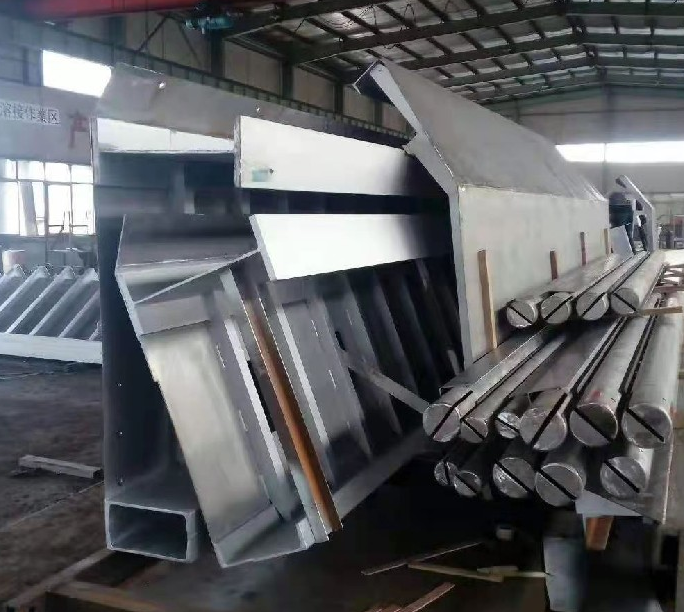


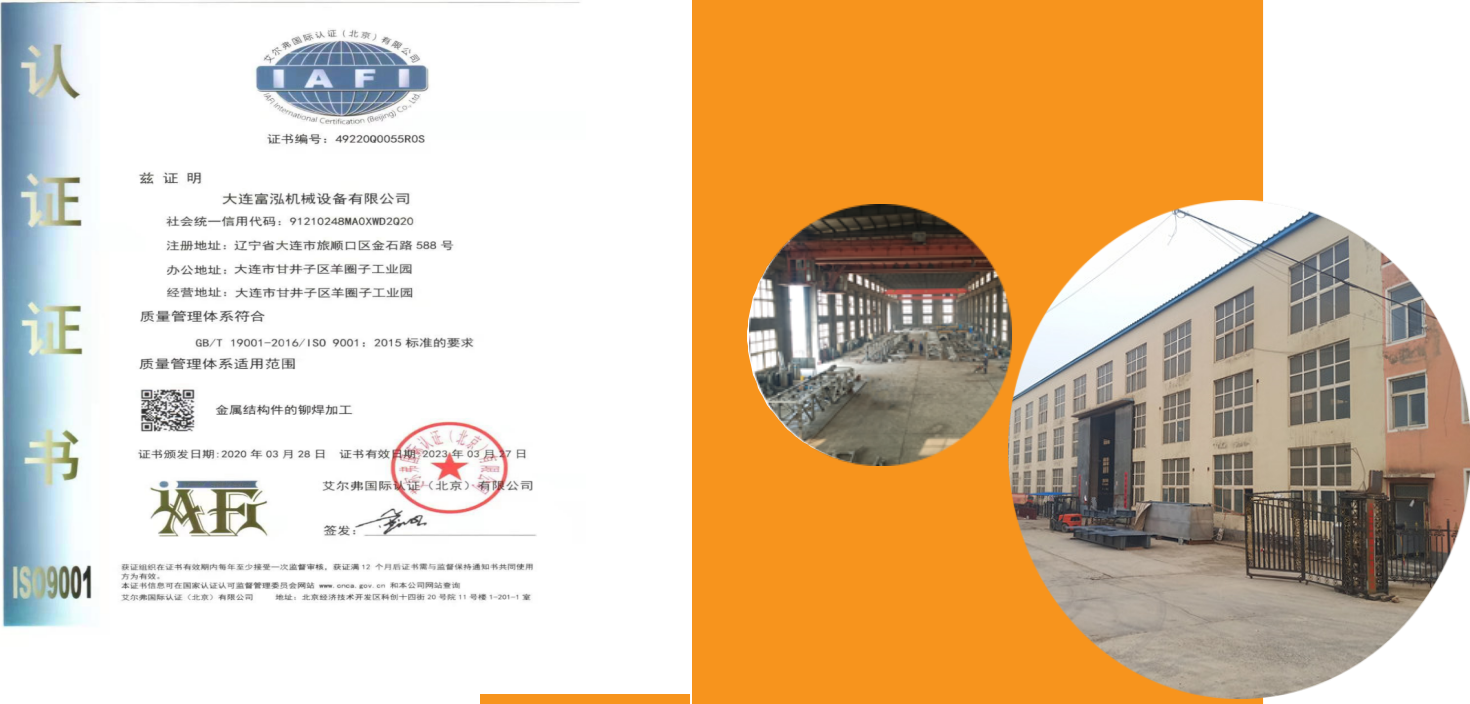
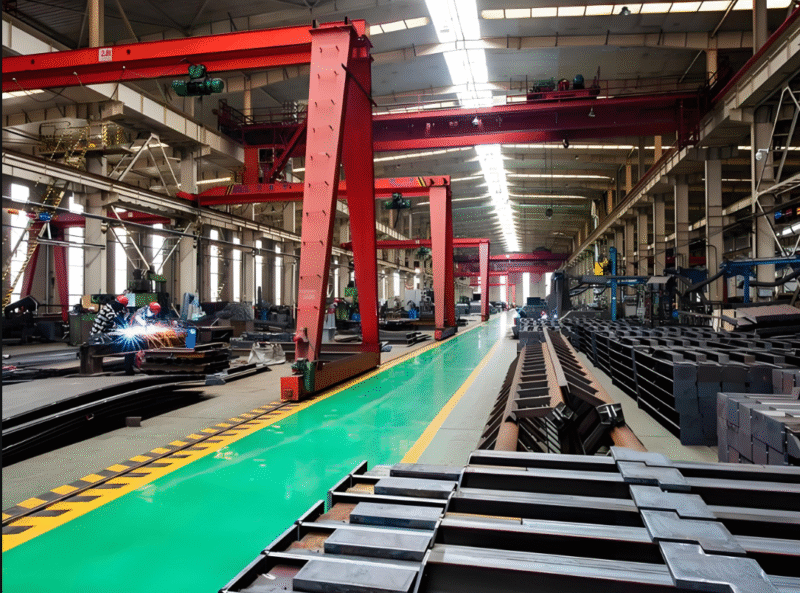

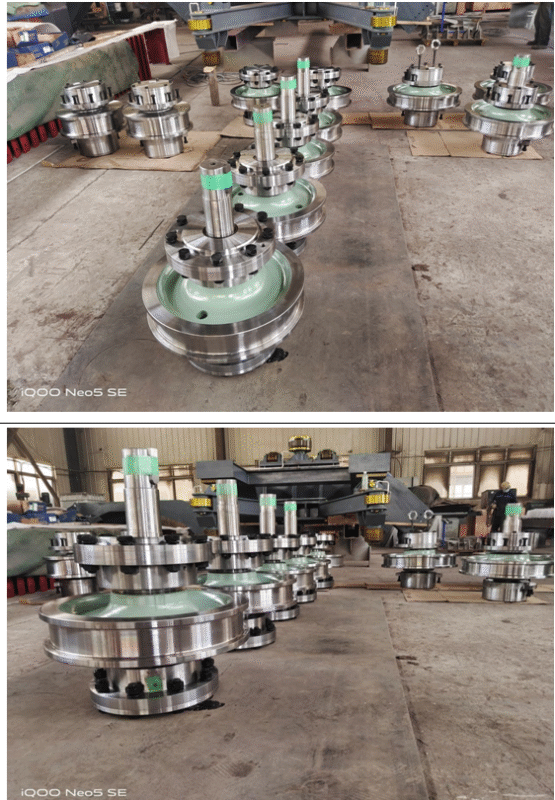
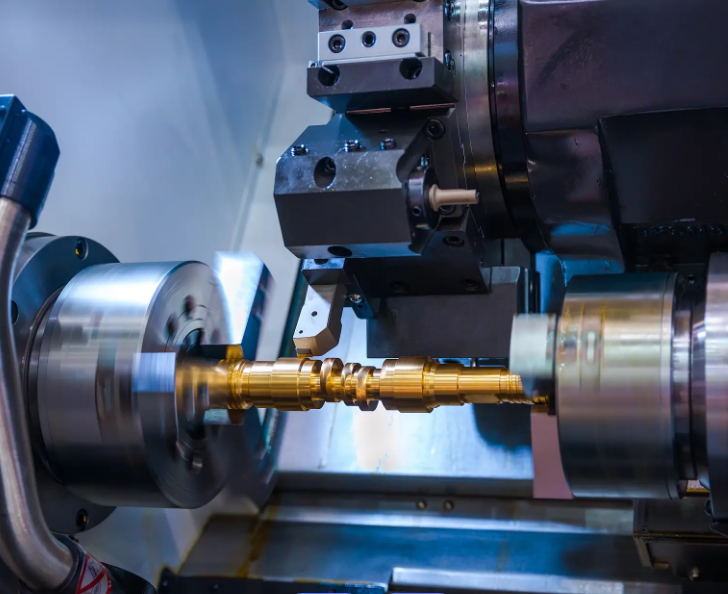
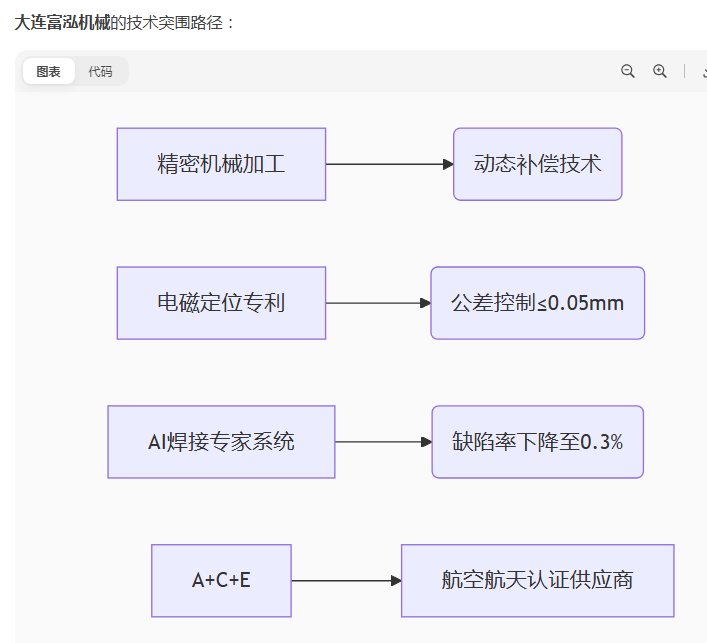
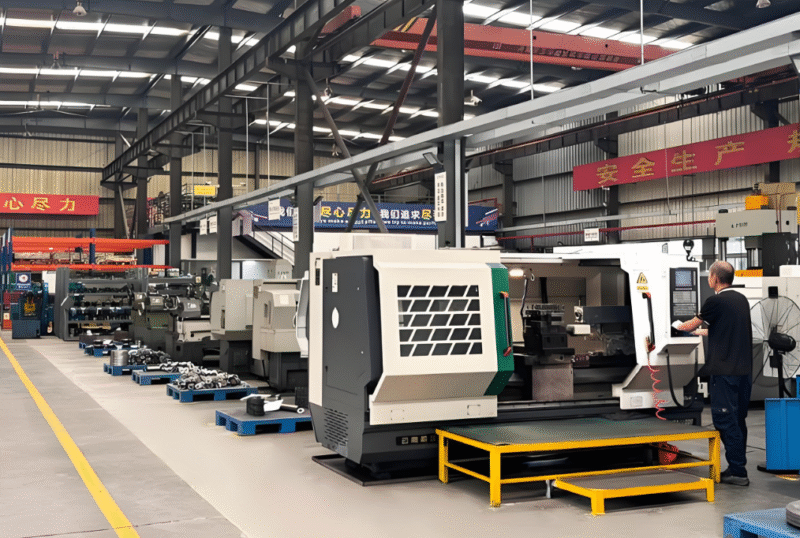
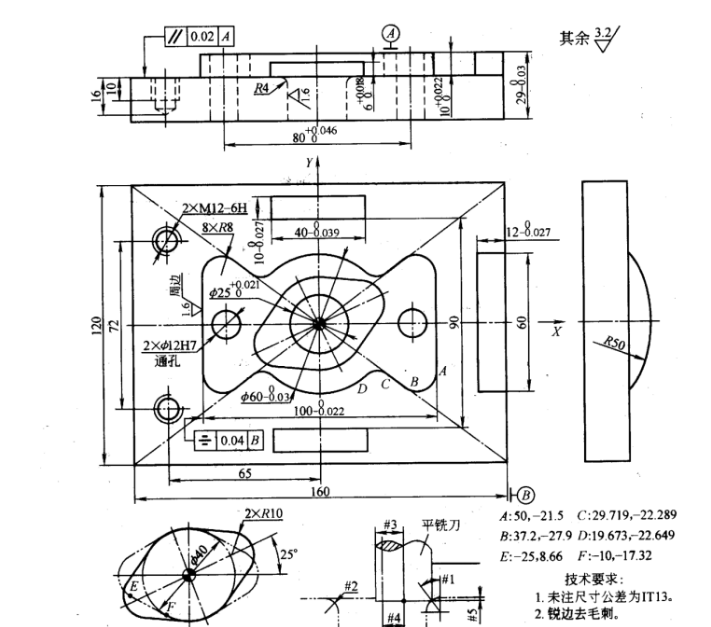
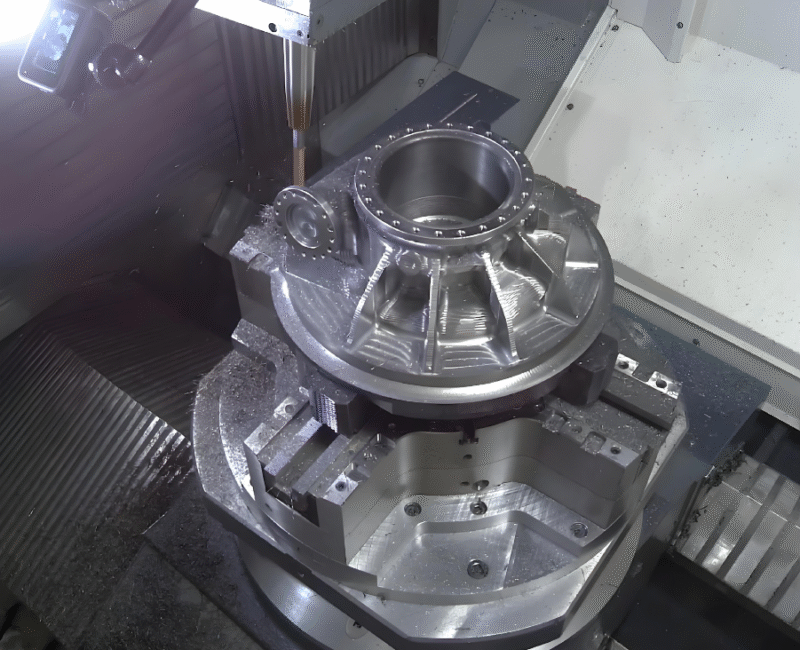

暂无评论内容